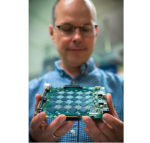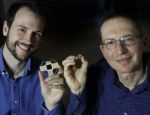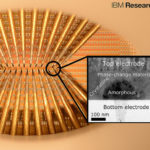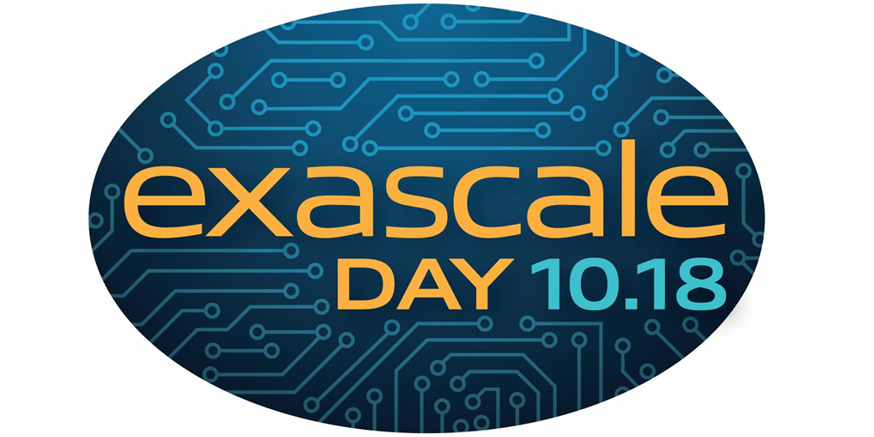Researchers have demonstrated how neuromorphic chips can mimic olfactory senses for use in industrial and medical applications. “In a joint paper published in Nature Machine Intelligence, researchers from Intel Labs and Cornell University demonstrated the ability of Intel’s neuromorphic research chip, Loihi, to learn and recognize hazardous chemicals in the presence of significant noise and occlusion. Loihi learned each odor with just a single sample without disrupting its memory of the previously learned scents. It demonstrated superior recognition accuracy compared to conventional state-of-the-art methods, including a deep learning solution that required 3000x more training samples per class to reach the same level of classification accuracy.”
Podcast: The Evolution of Neuromorphic Computing
Intel’s Mike Davies describes Intel’s Loihi, a neuromorphic research chip that contains over 130,000 “neurons.” “To be sure, neuromorphic computing isn’t biomimicry or about reconstructing the brain in silicon. Rather, it’s about understanding the processes and structures of neuroscience and using those insights to inform research, engineering, and technology.”
Intel Labs Unveils Pohoiki Beach 64-Chip Neuromorphic System
At the DARPA ERI summit this week, Intel Labs director Rich Uhlig unveiled “Pohoiki Beach” – a 64-Loihi Chip Neuromorphic system capable of simulating eight million neurons. Now available to the broader research community, the Pohoiki Beach enables researchers to experiment with Intel’s brain-inspired research chip, Loihi, which applies the principles found in the biological brains to computer architectures.
Sandia Powers Breakthroughs in Neuromorphic Computing
Researchers at Sandia National Laboratories have collaborated with Stanford University and University of Massachusetts, Amherst to address the challenges of neuromorphic computing, which mimics the way the human brain carries out data-centric tasks. The work has lead to recent breakthroughs in neuromorphic computing and the broader fields of organic electronics and solid-state electrochemistry.
SC18 Preview: Steve Furber on Brain-Inspired Massively-Parallel Computing
SC18 continues its series of Invited Talk previews with this quick look at “Brain-Inspired Massively-Parallel Computing” by Stephen Furber. “The SpiNNaker (Spiking Neural Network Architecture) platform is an example of a highly flexible digital neuromorphic platform, based upon a massively-parallel configuration of small processors with a bespoke interconnect fabric designed to support the very high connectivity of biological neural nets in real-time models. Although designed primarily to support brain science, it can also be used to explore more applications-oriented research.”
Video: Leading the Evolution of Compute with Neuromorphic and Quantum Computing
Jim Held from Intel Labs gave this talk at the Intel HPC Developer Conference in Denver. “Intel recently announced important progress in our research into future novel microarchitectures and device technology: neuromorphic and quantum computing. Loihi, our recently announced neuromorphic research chip, is extremely energy-efficient, uses data to learn and make inferences, gets smarter over time and does not need to be trained in the traditional way. Quantum computing offers the potential for exponentially greater performance on many algorithms that are computationally challenging on today’s computing architectures.”
IBM Phase-Change Device Imitates Functionality of Neurons
IBM scientists have created randomly spiking neurons using phase-change materials to store and process data. This demonstration marks a significant step forward in the development of energy-efficient, ultra-dense integrated neuromorphic technologies for applications in cognitive computing.
IBM TrueNorth Project wins Inaugural Misha Mahowald Prize
The inaugural Misha Mahowald Prize for Neuromorphic Engineering has been awarded to the TrueNorth project, led by Dr. Dharmendra S. Modha at IBM Research. “The Misha Mahowald Prize recognizes outstanding achievement in the field of neuromorphic engineering. Neuromorphic engineering is defined as the construction of artificial computing systems which implement key computational principles found in natural nervous systems. Understanding how to build such systems may enable a new generation of intelligent devices, able to interact in real-time in uncertain real-world conditions under severe power constraints, as biological brains do.”
Video: Will AI & Robotics Make Humans Obsolete?
“IBM has developed new scale-up and scale-out systems — with 16 million neurons — that will be presented in Dr Modha’s pioneering research talk. Watson wins at Jeopardy and enters industrial applications while AlphaGo defeats the human Go champion. No day goes by before the dooms day prediction of AI infused Robots taking over our world comes up in the news. Visions of HAL and Terminator coming alive? Will Artificial Intelligence make us obsolete?”
Video: Neuromorphic Computing – Extreme Approaches to Weak and Strong Scaling
“Computer simulations of complex systems provide an opportunity to study their time evolution under user control. Simulations of neural circuits are an established tool in computational neuroscience. Through systematic simplification on spatial and temporal scales they provide important insights in the time evolution of networks which in turn leads to an improved understanding of brain functions like learning, memory or behavior. Simulations of large networks are exploiting the concept of weak scaling where the massively parallel biological network structure is naturally mapped on computers with very large numbers of compute nodes. However, this approach is suffering from fundamental limitations. The power consumption is approaching prohibitive levels and, more seriously, the bridging of time-scales from millisecond to years, present in the neurobiology of plasticity, learning and development is inaccessible to classical computers. In the keynote I will argue that these limitations can be overcome by extreme approaches to weak and strong scaling based on brain-inspired computing architectures.”













